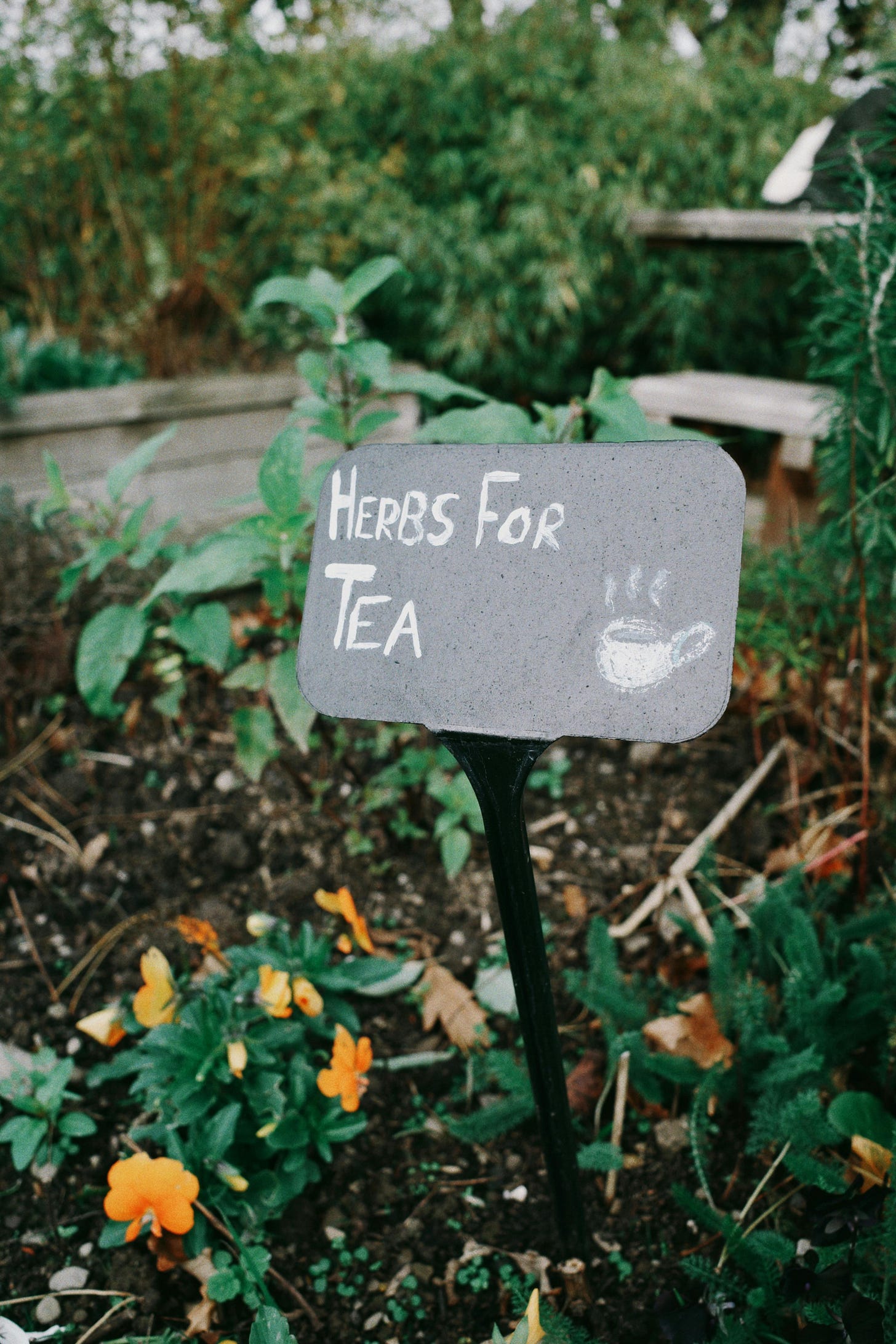Neuroception & Environmental Safety
How creating a "safe enough" environment can help you move forward
Your environment sets the tone for your experience. You intuitively know this, think about the difference of trying to read on an airplane next to a screaming baby as compared to reading in a hammock at a peaceful campsite.
One of the mechanisms that contributes to how your nervous system interprets and responds to the environment is neuroception, a term coined by Stephen Borges, the creator of polyvagal theory.
Neuroception is a subconscious process where your brain takes in sensory information from the environment and labels things as safe or unsafe. It is below the level of the conscious or thinking mind so we are not aware that it is happening. But, neuroception can play an unseen but important role in how safe your nervous system feels, and this will impact your thoughts, feelings, and behaviors in any given environment.
I want neuroception to be more than just an interesting concept that you learn about and forget. I want it to be one that you harness and implement into your life to support your healing journey. I believe that we connect through stories, so I want to share the story of how understanding and implementing neuroception specifically as it relates to movement supported one of my clients.
I have a client struggling with ME/CFS and chronic pain. In our initial sessions of analyzing the patterns of her symptoms, her triggers and management strategies, she came to realize that her nervous system state had a huge impact on her symptoms and daily routines. We explored together how certain environments impacted her and the activities which were important to her, such as walking - for example, she felt very sick walking short distances in her neighborhood despite being able to walk equal distances in other places with far less symptoms.
The concept of neuroception gave us a lens to understand this through. In our work together, we identified environments where she tended to feel worse, the impact on her nervous system, emotions, and physical health symptoms.
We also identified when she felt more safe, more connected, more calm. When she felt this way, “safe enough”, where was she? Who was she with? What were the sensory qualities around her when she felt the most connected and safe?
For her, a few tangible strategies that came out of exploring neuroception were:
Leaving her husband’s office door open when he traveled
Creating a comfortable and supportive sitting area that looked out on her garden
Beginning a walking loop in her herb garden and taking time while walking to really enjoy and appreciate the beauty around her

Overtime these little changes had a powerful impact on her nervous system, her health, and her quality of life. The one that was the most transformational was the difference of walking in her herb garden vs. walking the neighborhood block. While the neighborhood felt stressful to her body, the garden felt safe. She felt at peace and was able to enjoy and appreciate moving her body surrounded by the nature of her garden. This laid the foundation for her to create a consistent walking routine for the first time in years.
This walking routine improved her mood, increased her energy level, reduced her pain, and helped her feel stronger for things like going out into the community, working outside of the house, and more.
All of this transformation started with identifying where she felt safe. And with planning a movement routine that felt enjoyable and accessible to her, within an environment that felt safe for her body.
I hope this woman’s story and the concept of neuroception sparks an inner knowing in you and inspires you to take even the tiniest of actions. Creating an environment that feels safe can have an enormous positive impact on helping you do an activity that feels scary or like a challenge for your body.
It is something I often recommend to my clients wanting to begin an exercise routine but feeling nervous or scared about how their body might react.
Pick an environment (if accessible) or create an environment to move in where your body feels safe. Actively bring things into your environment that, through sensory input, signal safety to your body.
Choose the lighting that feels most soothing. Light a candle, burn some incense, or use an aromatherapy diffuser.
Have music on that sets a tone of connection and safety.
Have items like pillows, bolsters, sand bags, eye masks, or blankets to offer deep pressure touch that feels supportive.
To the mind this kind of preparation and care-taking can feel insignificant. To your nervous system, which is constantly communicating through sensory information, these small shifts have a huge impact.
If you are interested in learning more evidence-based strategies that support nervous system regulation and how to take that knowledge and implement it into your life so you can make change, I invite you to join my free upcoming masterclass. Rebuilding Body Trust: Move Into Safety During Holiday Stress will be a 60 min masterclass to help you reconnect to a felt sense of safety in your body through regulation and movement strategies. I know that when you are equipped with the right knowledge and a toolbox of practical strategies, movement can be a joyful path for connection and support your healing.
Are you in?
Register for Rebuilding Body Trust today as the first step of moving towards greater safety, connection, and wellbeing.


